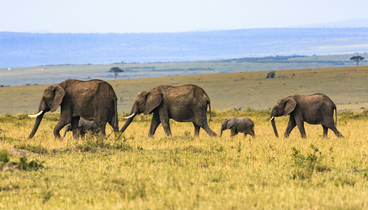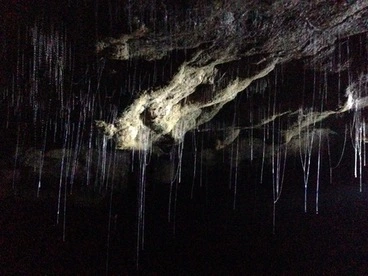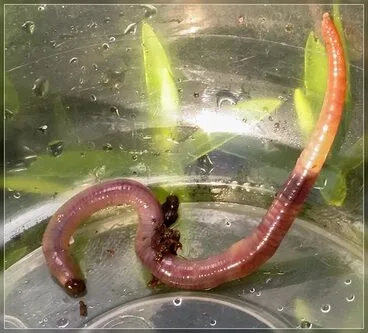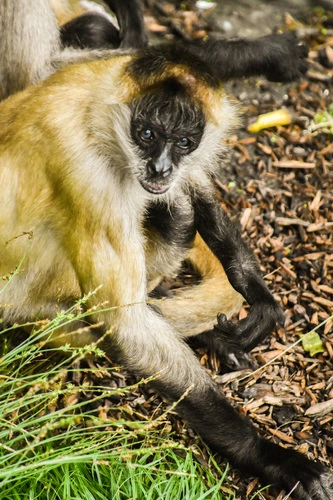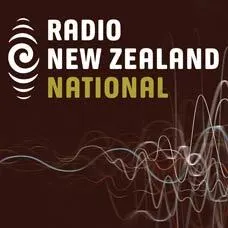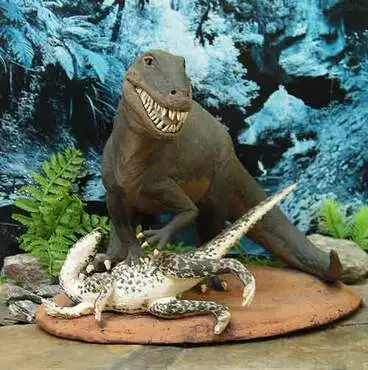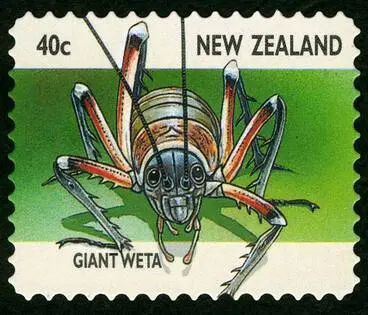Animal Classification
A DigitalNZ Story by National Library of New Zealand Topics
Animal classification means grouping animals according to similarity. This topic covers the animal kingdom, vertebrates (mammals, birds, fish, reptiles, amphibians) and invertebrates (arthropods). SCIS no: 1862387
Humpback whale
Alexander Turnbull Library
Animals
National Library of New Zealand
Evolutionary queue
Alexander Turnbull Library
Native birds of New Zealand
Alexander Turnbull Library
Study to document DNA of bird species across the Pacific
Radio New Zealand
The biggest of all families
University of Otago
The classification of sheep
National Library of New Zealand
Rules of taxonomy
Services to Schools
Animal classification
Services to Schools
Classification of fish
Services to Schools
What is a vertebrate?
Services to Schools
What is an invertebrate?
Services to Schools
Warm-blooded and cold- blooded animals
Services to Schools
From Aristotle to Linnaeus
Services to Schools
Classification of insects
Services to Schools
Classification of mammals
Services to Schools
Carolus Linnaeus
Services to Schools
Marine life
Services to Schools
Characteristic of living things
Services to Schools
Animal classification for kids
Services to Schools
Classification of living things
Services to Schools
Five kingdoms of life
Services to Schools
What is an animal?
Services to Schools
Lesson plan – classifying animals
Services to Schools
Evolution of amphibians
Services to Schools
Origin and evolution
Services to Schools
Dinosaur classification for kids
Services to Schools
Birds evolved from dinosaurs
Services to Schools
Plant and animal evolution
Services to Schools
Classification of animals
Services to Schools
Evolution of multicellular life
Services to Schools
Living or non-living?
Services to Schools
Dinosaurs
DigitalNZ
